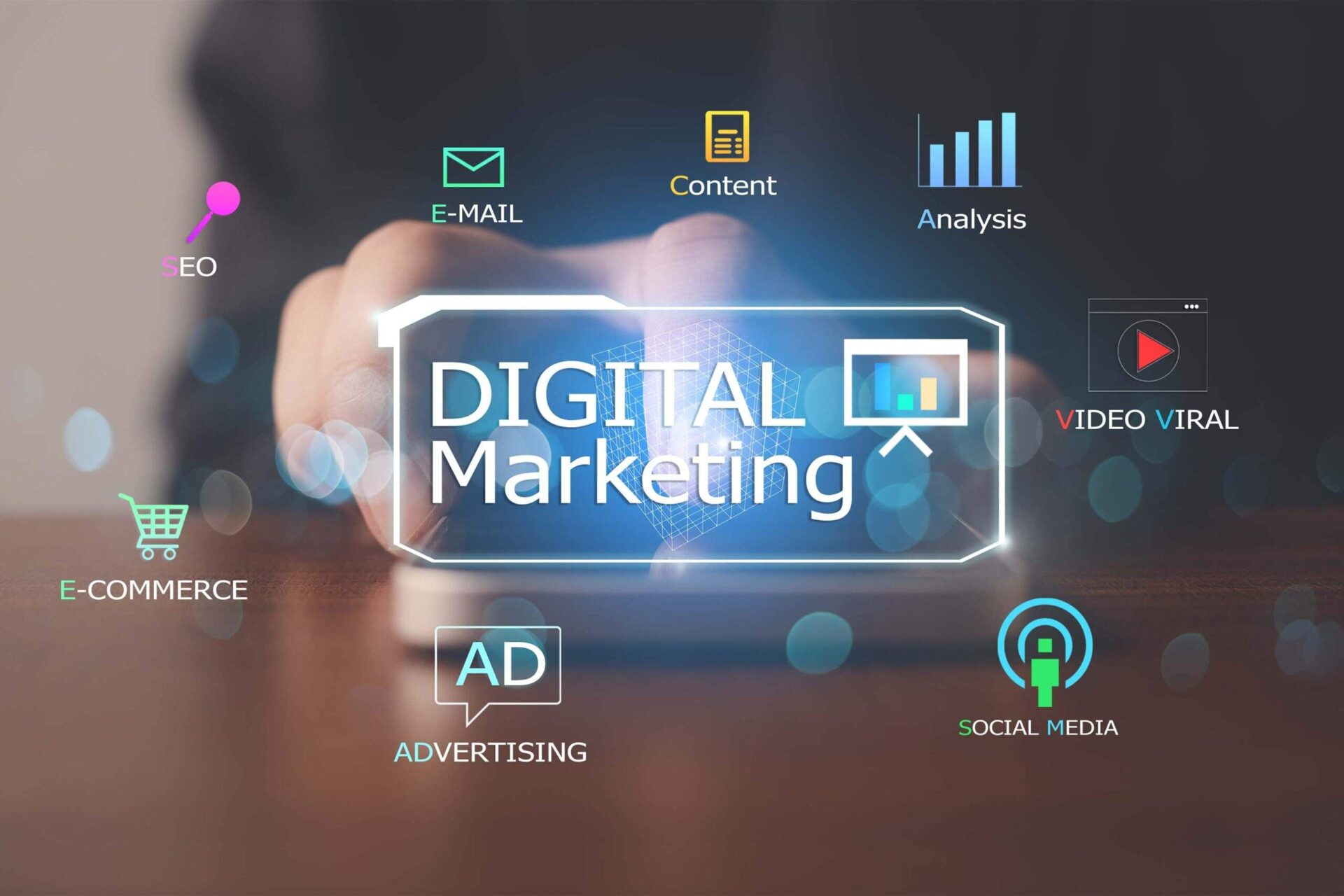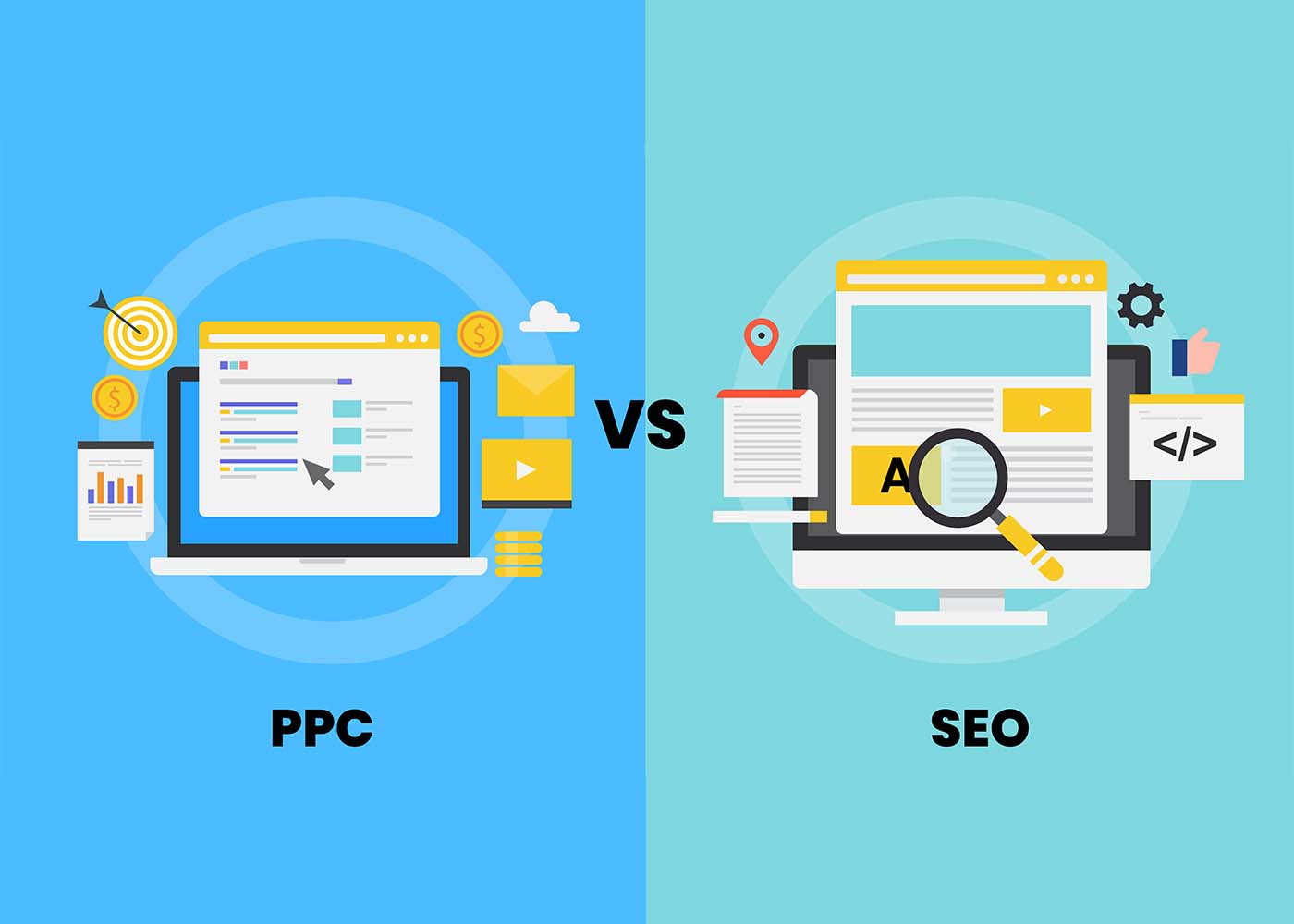In the modern age of technology, digital initiatives and experiential marketing have taken center stage in the customer journey. With companies’ ongoing battle for customers seeking superior convenience and experience, businesses must turn to local digital marketing solutions to remain competitive. From creating truly personalized experiences that cater to each distinct customer need to engage audiences with interactive content – digital media has a huge impact on how customers perceive your brand. In this blog post, we’ll explore how implementing strategic digital initiatives and experiential marketing can help you stay ahead in today’s ever-evolving market landscape. Here, we’ll discuss why it is essential for the success of organizations worldwide no matter the size or sector they are operating within, and provide actionable steps which marketers can use in order to create effective campaigns.
What is Digital Initiatives and Experiential Marketing
Digital initiatives and experiential marketing are two terms that are commonly heard in the modern business world. Digital initiatives refer to the various technological tools and strategies that companies use to enhance their online presence and reach their target audience more effectively. It can be various forms of digital marketing and social media marketing. This includes everything from social media campaigns and email marketing to mobile apps and online advertising. On the other hand, experiential marketing is all about creating memorable and interactive experiences that engage customers on a deeper level. This can include anything from pop-up shops and live events to virtual reality experiences and personalized product demos. By combining these two approaches, businesses can create powerful marketing campaigns that not only grab attention but also leave a lasting impression on their audience.
Understanding the Role of Digital Initiatives in Enhancing Customer Engagement
In today’s digital age, companies are constantly seeking new ways to enhance customer engagement. One of the most effective ways to achieve this is through digital initiatives. These initiatives can come in many forms, from mobile apps to social media platforms, and can provide customers with an interactive and personalized experience. By leveraging these tools, companies can build stronger relationships with their customers, gain valuable insights into their preferences and behavior, and ultimately drive sales and revenue. But understanding the role of digital initiatives in enhancing customer engagement requires a deep understanding of the latest trends and technologies, as well as a willingness to experiment and innovate. Only those companies who are willing to embrace this digital transformation will be able to stay ahead of the competition and thrive in the years to come.
How to Create an Immersive Experience Through Experiential Marketing Strategies
Experiential marketing is a powerful tool that can help brands connect with their audience on a deeper level. Creating an immersive experience through experiential marketing strategies can help brands stand out from the competition and leave a lasting impression on their customers. There are many different approaches to creating an immersive experience, from interactive installations to pop-up shops and live events. By engaging all five senses and telling a story that resonates with the audience, brands can create an emotional connection that goes beyond the product or service they offer. The key to success is to understand your audience and tailor your experiential marketing strategies to their needs and interests. With the right approach, experiential marketing can help elevate your brand and build a loyal customer base that wants to come back for more.
Combining Digital Initiatives and Experiential Marketing to Strengthen the Relationship with Customers
In a world where the digital space is becoming increasingly crowded, it’s easy for businesses to lose touch with their customers. That’s why more and more companies are turning to experiential marketing to create meaningful, memorable interactions with their target audience. By combining digital initiatives and experiential marketing, businesses can forge stronger relationships with their customers and stand out from the competition. From immersive virtual reality experiences to personalized digital campaigns, the possibilities are endless. By tapping into the power of both digital and experiential marketing, businesses can build deeper connections that endure long after the initial interaction.
Analyzing the Performance of Digital Initiatives and Experiential Marketing in Real Time
In the fast-paced world of digital marketing, businesses are constantly seeking innovative ways to engage with their audience. To do this effectively, analyzing the performance of digital initiatives and experiential marketing in real-time has become increasingly important. With advanced technology and data analytics, companies can now measure the success of their marketing campaigns at every touchpoint to ensure they’re delivering the best possible experience to their customers. By tracking key metrics such as website traffic, social media engagement, and sales conversion rates, businesses can make informed decisions on how to improve their marketing efforts moving forward. In this way, real-time analysis allows companies to identify what strategies are working and what needs to be adjusted to stay ahead of the competition.
Evaluating the Potential Impact of New Technologies on Customer Journey Optimization
As technology continues to evolve at an unprecedented pace, businesses are looking for ways to optimize their customer journey to remain competitive. Evaluating the potential impact of new technologies on customer journey optimization is a key area of focus for businesses looking to gain an edge. By leveraging new technologies such as artificial intelligence, machine learning, and big data analytics, businesses can gain a deeper understanding of their customer’s needs and preferences, allowing them to tailor their customer journey to meet those needs. This personalized approach can lead to greater customer satisfaction, increased customer loyalty, and ultimately, improved business results. As businesses continue to invest in new technologies, the potential impact on customer journey optimization will undoubtedly become even more significant.
Examples of Successful Digital Initiatives and Experiential Marketing Campaigns
In today’s world, businesses are constantly evolving their marketing strategies to stay ahead of the game. A successful digital initiative or experiential marketing campaign can generate great results and increase brand awareness. One example of a successful initiative is Adidas’ “Your Future Is Not My Future” campaign, which used augmented reality and digital billboards to showcase their Futurecraft 4D shoes. Another example is Domino’s Pizza, which implemented the “Tweet for Pizza” campaign on Twitter, allowing customers to order pizza by simply tweeting the pizza emoji. These campaigns demonstrate the power of creativity and technology in modern marketing, proving that effective strategies can boost a business to new heights.
How to Measure the Success of a Digital Initiative or Experiential Marketing Campaign
In today’s digital age, it’s not enough to just launch a marketing campaign or digital initiative and hopes for the best. You need to be able to track and measure its success to ensure you are reaching your goals and making the most of your marketing budget. But how do you measure success? One key metric is engagement. Are people interacting with your content? Are they sharing it? Another metric is conversion. Are people taking the desired action, whether it’s buying your product or signing up for your newsletter? By tracking these metrics and analyzing the data, you can make informed decisions and continuously improve your marketing efforts for maximum impact.
Conclusion
Digital initiatives and experiential marketing are powerful tools to engage customers in new ways. They can help companies reach their goals by driving customer loyalty, engagement, and advocacy. While integrating digital initiatives and experiential marketing into your strategy involves considerable effort, the insights you can gain from analyzing performance and leveraging modern technologies make it worth the investment. By understanding how to create an immersive experience, you can better understand customers’ needs and wants, optimizing the customer journey and amplifying your impact on them. It’s essential to recognize that there is no single one-size-fits-all solution when it comes to creating a successful campaign but by learning from successful examples, staying abreast of new technologies, using data to inform decisions, taking informed risks based upon genuine consumer interests – businesses will be equipped with the best chance for success in a competitive market.





























